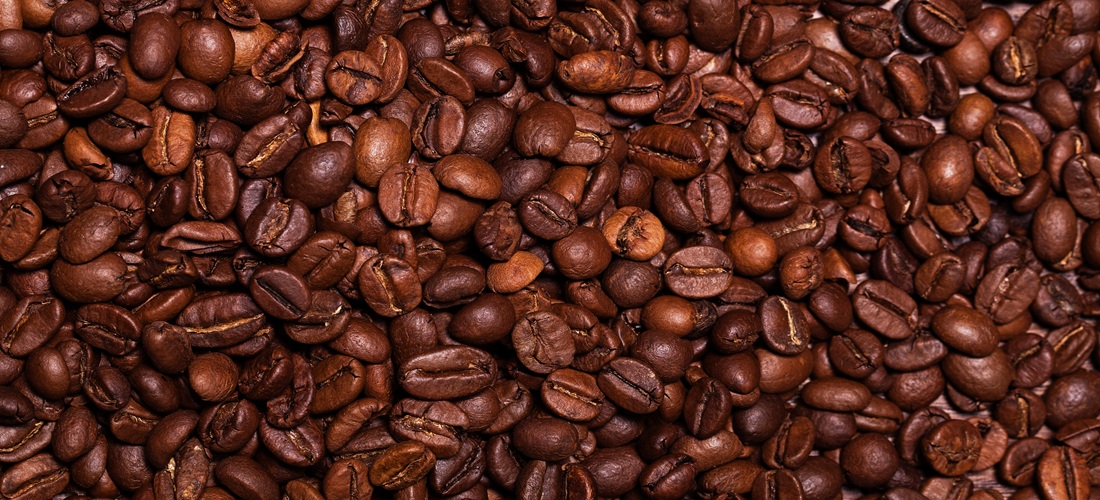
Drought heat takes a toll on Brazilian coffee production
Jan, 23, 2025 Posted by Denise VileraWeek 202504
Brazil produced 54.2 million 60-kilo bags of coffee in the 2024/25 harvest, according to data released by the National Supply Company (CONAB) yesterday. This volume is 1.1% below the agency’s previous estimate and represents a 1.6% decline compared to the 2023 harvest.
This was Conab’s fourth report on the 2024/25 cycle, which has concluded across all coffee-growing regions, including Espírito Santo’s later-harvesting areas. Despite the decline from 2023, the harvest is 6.5% higher than the 2022 cycle, another positive biennial harvest when productivity is naturally higher due to the crop’s alternating high and low-yield years.
The past four years have been challenging for Brazilian coffee growers. Adverse weather conditions, including frosts, extreme heat, droughts, and erratic rainfall, have severely impacted plant performance.
In 2024, average productivity across Brazilian coffee plantations dropped 1.9% from 2023, reaching 28.8 bags per hectare. This decline was largely attributed to unfavorable weather conditions in the prior year affecting central coffee-growing regions.
Take a look at the chart below and discover which countries imported the most significant volume of coffee beans from Brazil in the first eleven months of 2024, according to Datamar’s DataLiner data. Click on the link below to request a demo.
Top Coffee Export Destinations | 2024 | TEUs
Source: DataLiner (click here to request a demo)
While the dry weather during winter and early spring helped accelerate bean ripening and harvesting, the hot, arid conditions caused uneven bean development, reducing quality. Many crops yielded a mix of green and ripe beans within the same batch.
In some areas, smaller beans—below standard size—needed to be harvested, requiring more beans to meet the commercial standard of 60 kilos per bag. Additionally, the yield of processed coffee fell, with lighter-than-usual beans exacerbating the situation.
In Minas Gerais, Brazil’s leading coffee-producing state, the harvest totaled 28.1 million bags, a 3.1% decline compared to 2023. Coffee plantations in the region faced significant challenges due to prolonged droughts and high temperatures after April, when rainfall virtually ceased.
This weather pattern severely impacted conilon coffee production, which dropped 5.9% to 14.6 million bags. In contrast, arabica coffee production grew by 1.8%, reaching 39.6 million bags.
In Espírito Santo, another key coffee-producing state, the conilon harvest fell 3.1% to 9.8 million bags, mainly due to episodes of intense heat between October and December 2023.
In São Paulo, coffee plantations fared better, with the harvest increasing 8.2% to 5.4 million bags. However, this was lower than the 11.5% growth initially projected, as extended droughts and high temperatures impacted productivity.
Bahia also saw coffee production decline, with the harvest totaling 3.1 million bags, a 9.7% drop from 2023. The state’s main crop, conilon, fell sharply by 14.8% to nearly 2 million bags, while arabica coffee production increased slightly by 0.8%, reaching 1.1 million bags.
In Rondônia, coffee production faced a significant downturn due to adverse weather at the end of 2023 and a reduced cultivation area. As a result, conilon output in the state plummeted 31.2% to just over 2 million bags.
Translation: Todd Harkin
Source: Valor International
-
Grains
Jul, 26, 2024
0
Brazil Soymeal Exports Reach Record High in July
-
Ports and Terminals
Jun, 13, 2023
0
Mayor engages in talks amid contract concerns and cargo shortage in Angra dos Reis
-
Grains
Aug, 19, 2022
0
U.N. chief urges more effort to ensure access to Ukrainian grain
-
Meat
Apr, 08, 2022
0
Brazilian pork exports reach 91,400 tonnes in March


